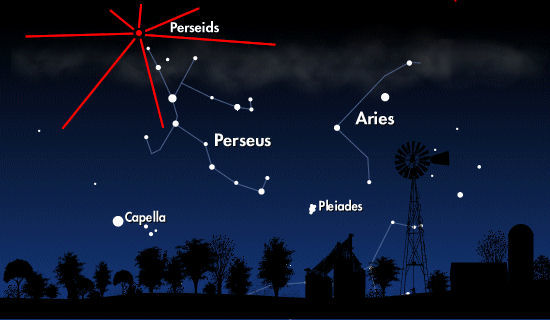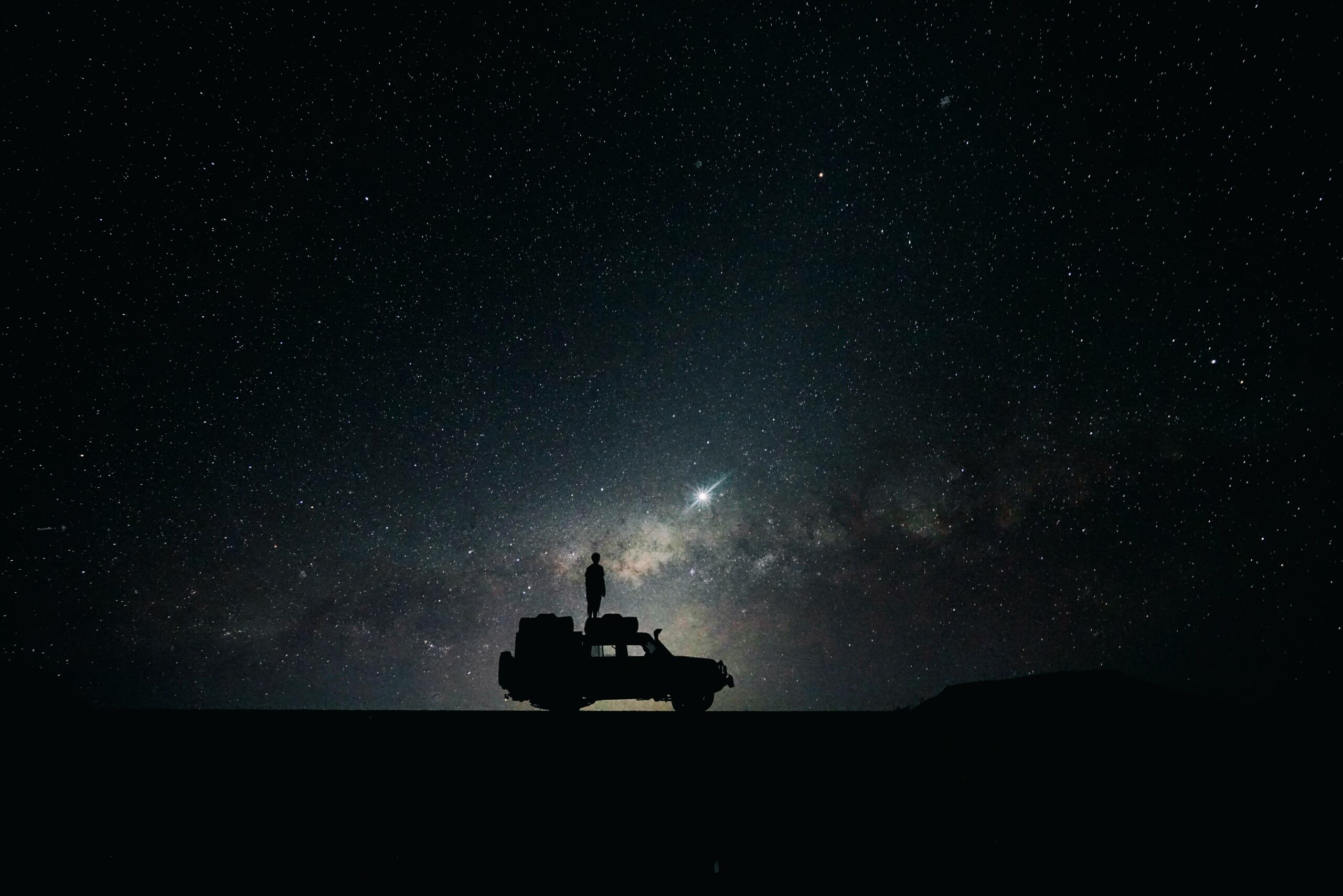Comet Swift-Tuttle rockets around the solar system at a mind-bending speed of 134,000 mph (slightly faster than my Land Rover, but not by much). It needs just 133 years to make a round trip of the sun, and it is a truly big boy, by far the largest near-Earth object in our neighborhood—nearly 16 miles across (according to NASA). Not only is it huge and fast, but some have also described Swift-Tuttle as “the single most dangerous object known to humanity” because its orbit takes it so close to Earth. In its wake, the comet trails an almighty swath of rocky and icy debris that our little blue home swims through every August, gifting us with the yearly light show that is the Perseids.

Small and large chunks of Swift-Tuttle’s cosmic spoor rain down through Earth’s atmosphere, burning as they go, lighting up the sky and creating the Perseid meteor shower. The best time to see the Perseids is in the very early morning hours right before dawn, and this year, the peak of the event will be approximately August 10 through August 12. The Perseid meteor shower is primarily a Northern Hemisphere phenomenon (though parts of it can sometimes be seen from the mid-Southern latitudes). Most of the meteors originate from an area near the constellation Perseus which gives them their name. This large constellation is not the easiest to pick out, but if you can identify the brighter “W”-shaped Cassiopeia or the small cluster of the Pleiades, you’ll be in the right part of the sky.

NASA
When the Perseids really get cooking, you can see up to 100 meteors per hour; the number increasing, the darker the viewing spot you can find. With a trusty 4×4 or ADV bike, you’ve got the advantage of being able to scout out a location far from civilization. It’s well worth planning an adventure around the Perseids, especially if you have access to a Dark Sky Place. There are over 150 designated Dark Sky Places in North America, from the AMC Maine Woods to Arches National Park to the Black Canyon of the Gunnison. These areas are guaranteed to have minimal light pollution to maximize your viewing. Use a red-tinted headlamp to preserve your night vision.
I love celestial events like these—they are reminders, messages from beyond, about just how lucky we are to inhabit this welcoming rock floating through the cold immensity of space.
Read more: Destinations :: The Storr, Skye, Scotland
Images: Giles Laurent and Alex Bertha (Wikicommons), NASA
Our No Compromise Clause: We do not accept advertorial content or allow advertising to influence our coverage, and our contributors are guaranteed editorial independence. Overland International may earn a small commission from affiliate links included in this article. We appreciate your support.


